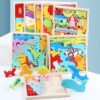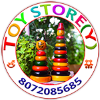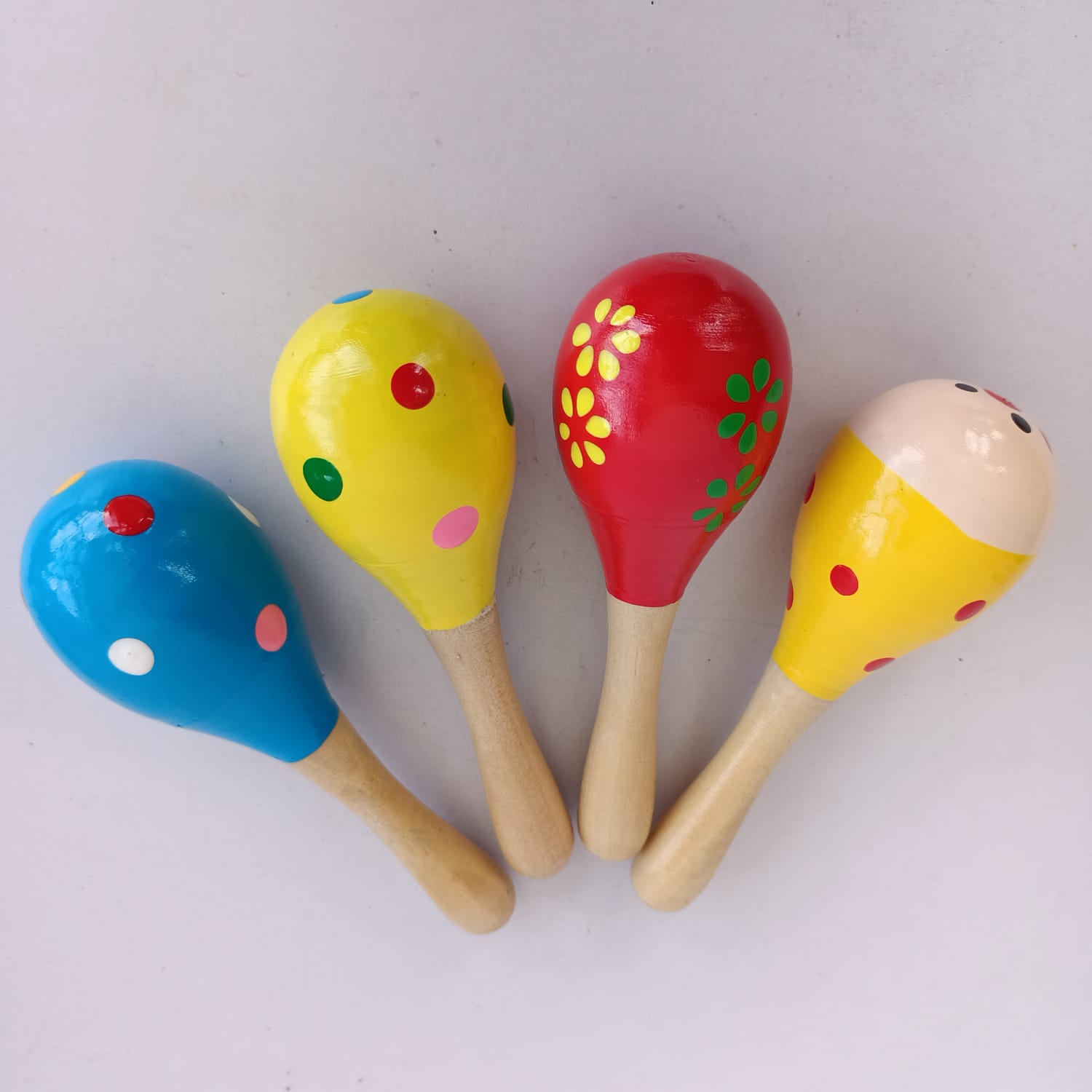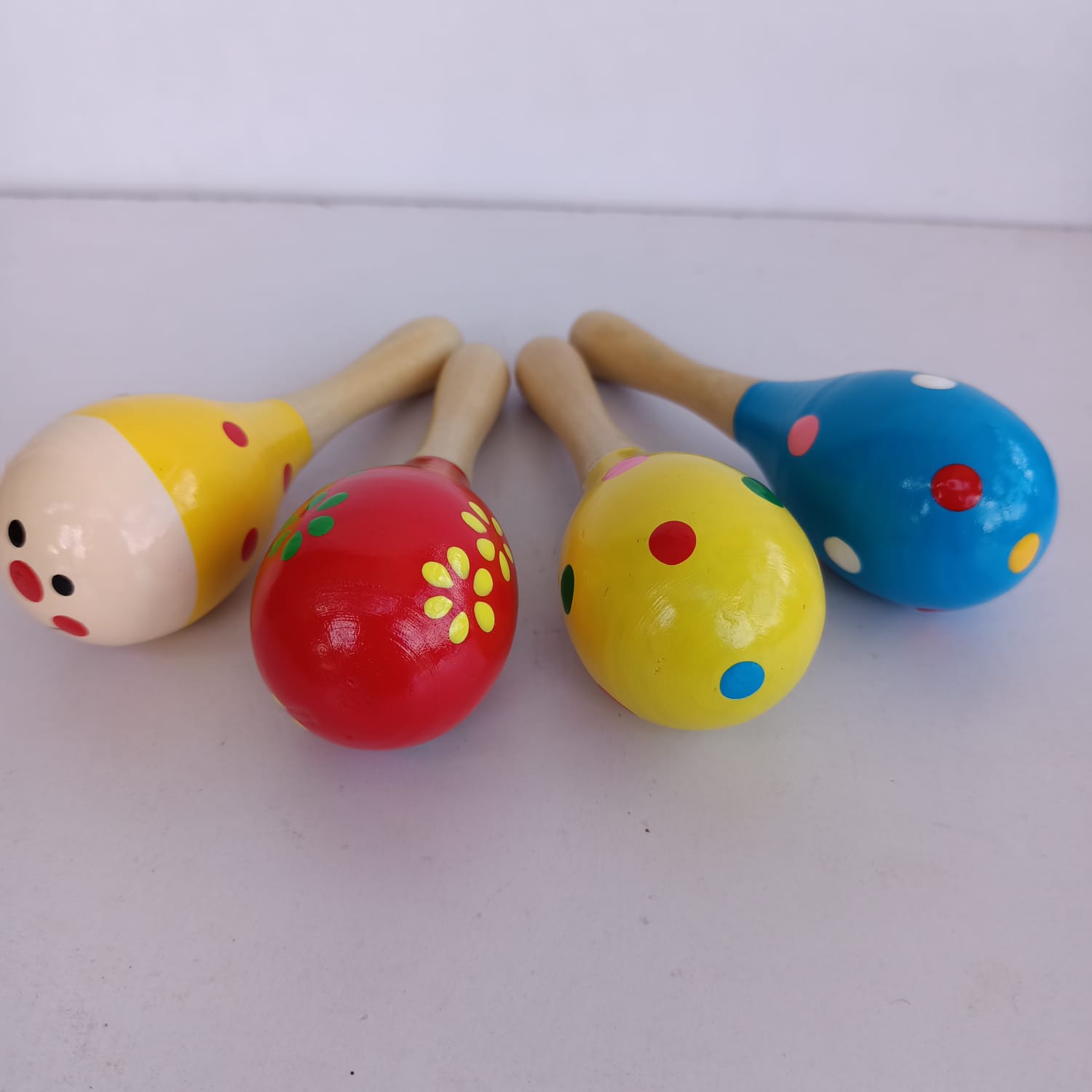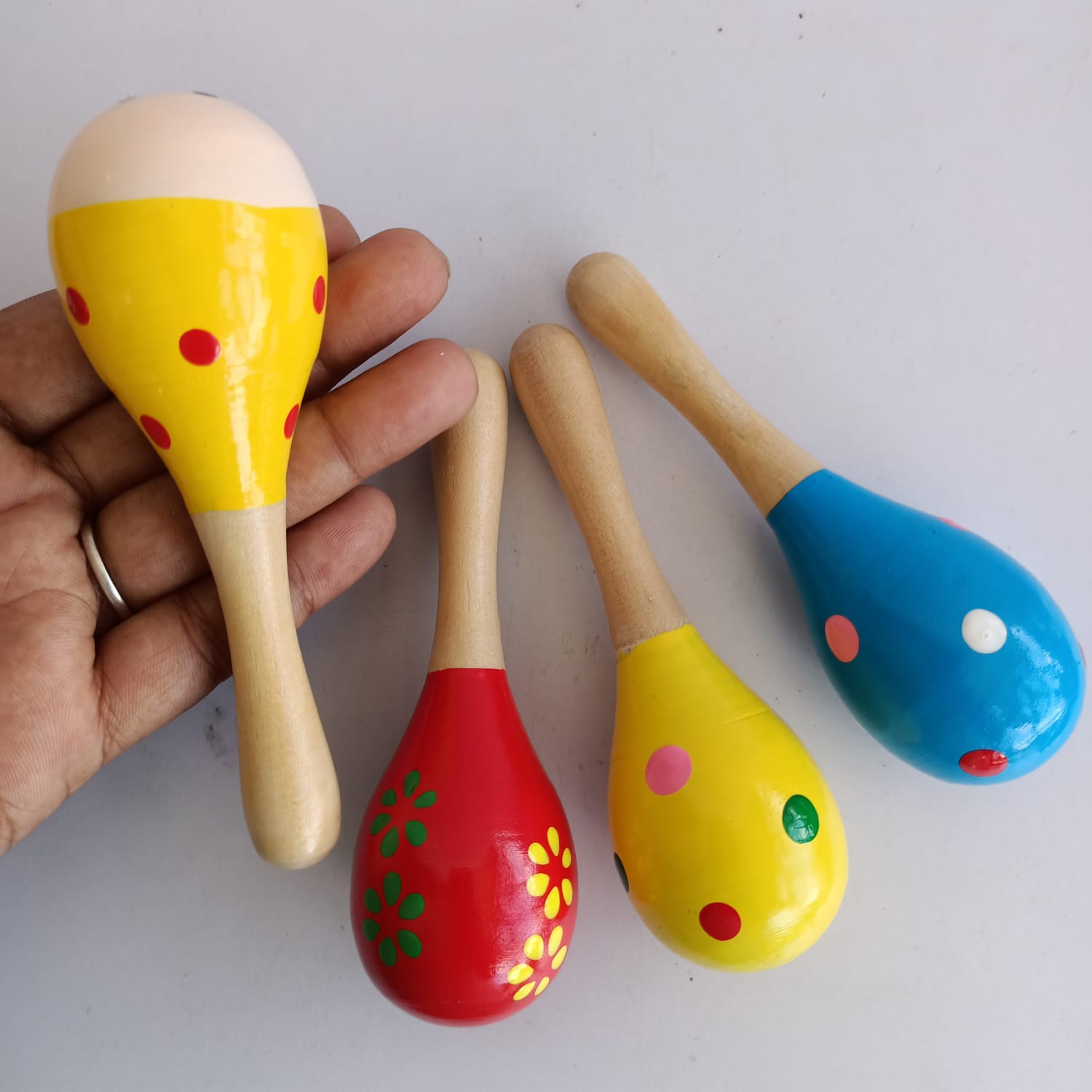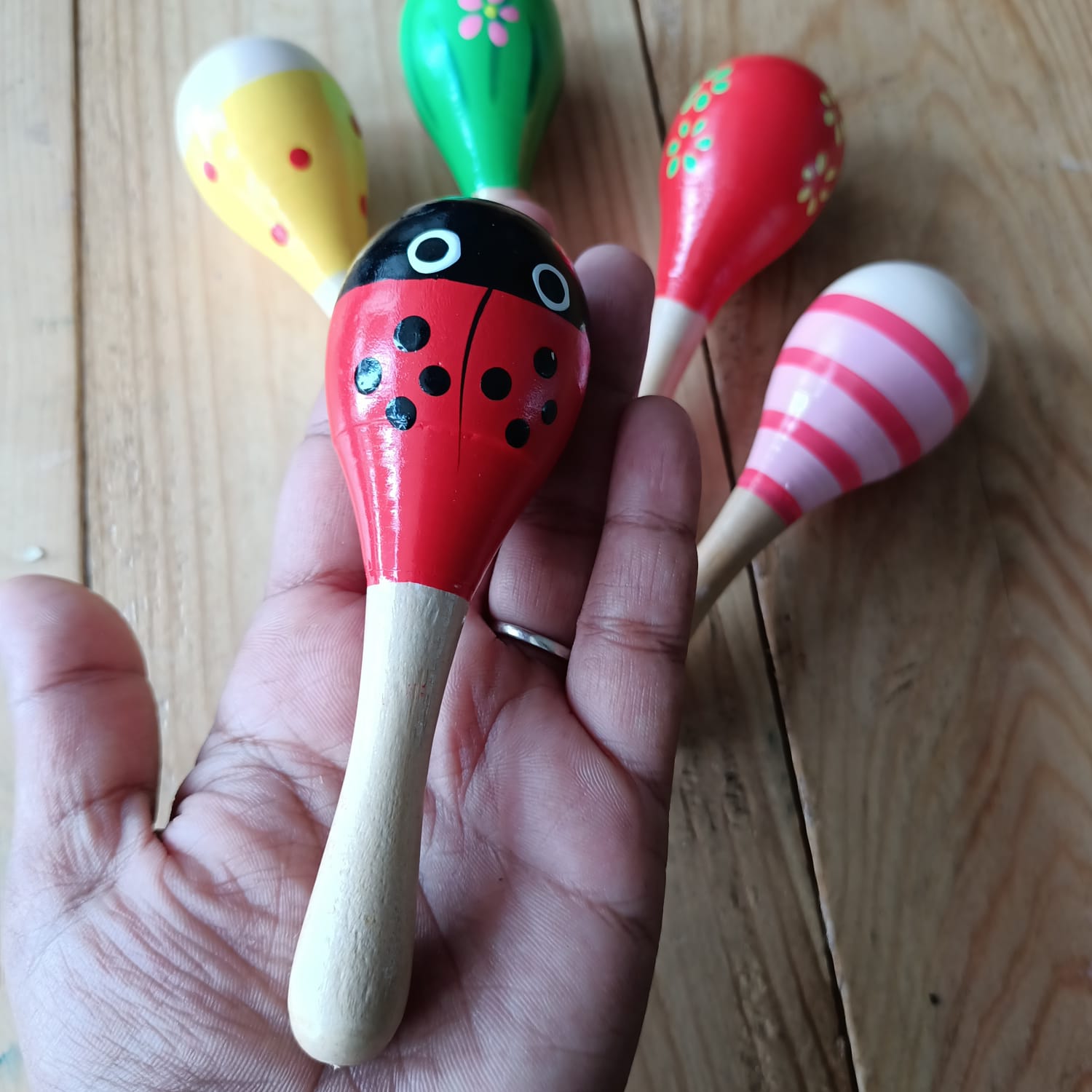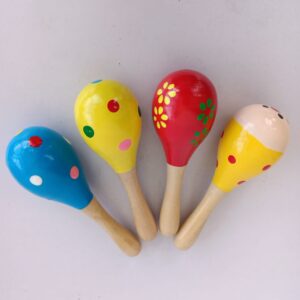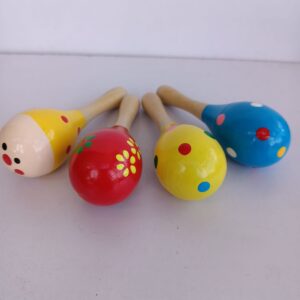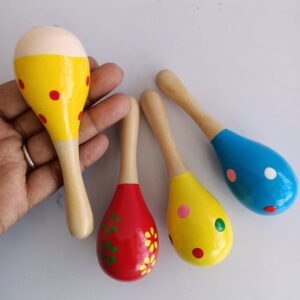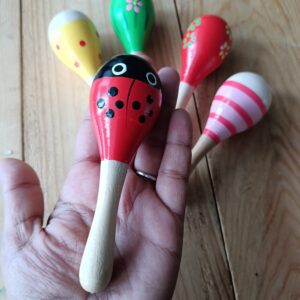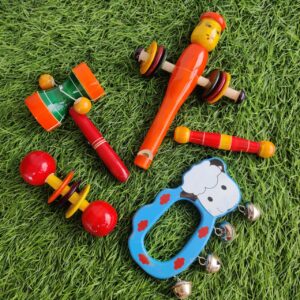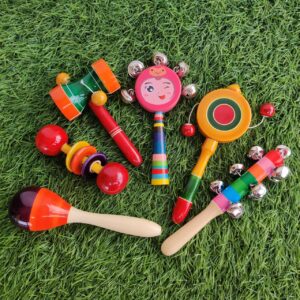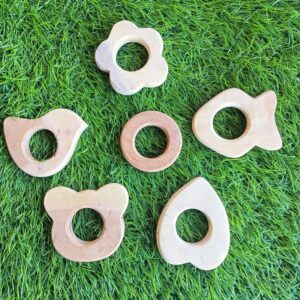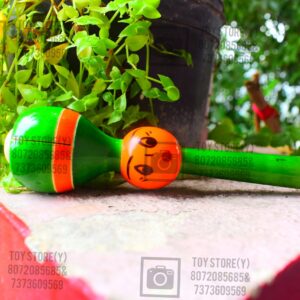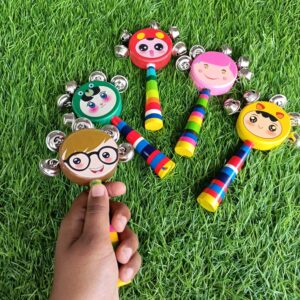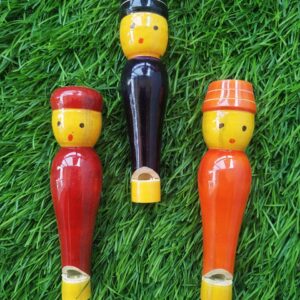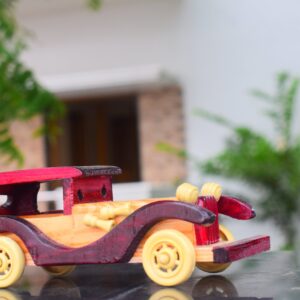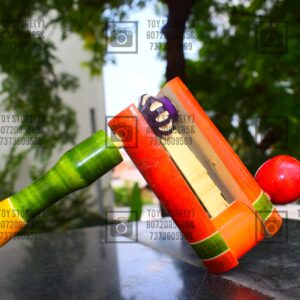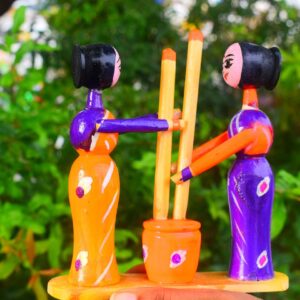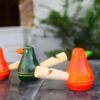No products in the cart.
0
0
Shopping cart (0)
Subtotal: ₹0.00
Spend ₹1,350.00 to get free shipping
Congratulations! You've got free shipping.
Free shipping over ₹1500
Menu
Categories
- By Age
- Clearance
- Combo
- Customized
- Wooden Toys
- ABCD
- Animal Toys for Kids
- Cars And Pull Alongs
- Fine Motor Skill development toys
- Kids whistle toys
- Stackers Building Blocks
- Woden Money bank For Kids
- Wooden Rattles under 250
- Wooden Rocking Horse
- Wooden Tops
- Wooden Tracing Board
- Wooden Walker
- Games
- Gifts for occasion
- Hangings
- Girls corner
- Home Decors & Households
- Montessori Educational toys and Brain Boosters
- Sound making toys
- Vehicles and Pull along Toys
- Whistles
- Miniatures Pretend Play
- Office Desk decors
- plate Decoraton
- Return gifts
- Kids Furniture
- Kids School supplies
- Offer
- Products Of Toystorey
- Reels Toys
- Stress Buster Toys
- 6-12 Months
- Plastic Toys
- stationery
- Uncategorized
colourful Egg Shaker Rattle small – mini – pack of 1
38 people are viewing this product right now
🔥 8 items sold in last 3 hours
Rattle rattel kilukkai gilakkai
₹90.00
This product is currently unavailable
When parents or guardians bring a rattle up to their faces, babies may first look at it with their eyes. However, when the rattle is transferred from one side to the other, babies learn to time & attendance or synchronize their eyes to monitor a moving object.
Rattles provide a source of stimulation for babies, they enjoy the makes-it sound, they make and follow the path of the rattle with their eyes, as well as a sense of discovery as they try to absorb and hold the rattle. Many rattles have a dual function, doubling as teethers as babies develop fine motor grasping. As their fine motor skills achieve better, they will learn to hold and shake their rattle in the air, boosting intellectual achievements.
At 3-6 months, babies are able to grasp toys and actually appreciate baby rattles that make noise. From 5 to 8 months, babies are gaining the ability to learn and apply new fine motor skills as their flexibility improves. Babies favor engaging toys with buttons, music, and colors that they can manage.
| Weight | 0.08 kg |
|---|
You may also like...
Sale
Rattles combo 2 – pack of 6 with teether
Sale
Rattles combo 3 – pack of 6 with teether
Related products
Wooden 3D Cognitive Puzzle Boa...
From: ₹250.00
